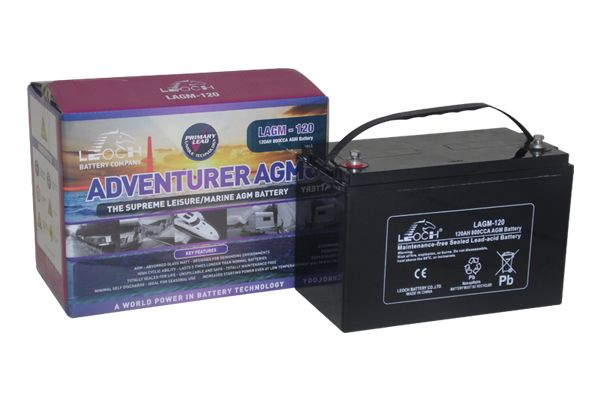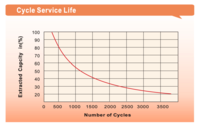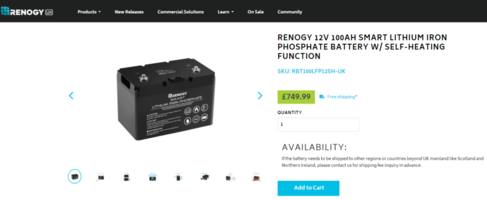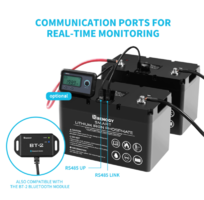needsmust
Member
I've got a factory fitted leisure battery under the factory swivel base so the base seat battery looks really good as an upgrade, but is it as simple as just swapping them, and do I need to worry about leaving permanently in the van?
I've got a factory fitted leisure battery under the factory swivel base too (6.1 shuttle). I've not so much as touched it before but today a Dometic CDF11 cooler/freezer got delivered, which fits between the seats (just) and after a quick dash cigarette lighter socket play, I'm happy that it is an amazing bit of kit - which it needs to be to justify the £300.
So here's the noob question: How do I tap off the leisure battery? All I can see under the seat is all the wires I might have expected, but I suppose that I was actually expecting a dedicated outlet/ cigarette lighter affair. Not so much as a hint about the 2nd battery in the manual.
Sorry to sound like such a spanner, but how does it work?







